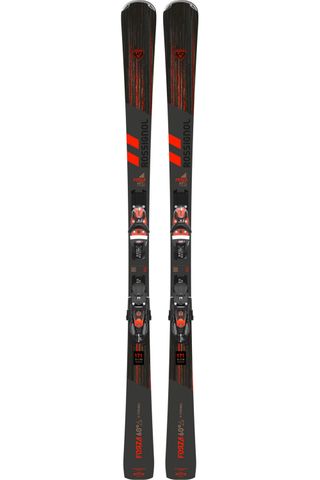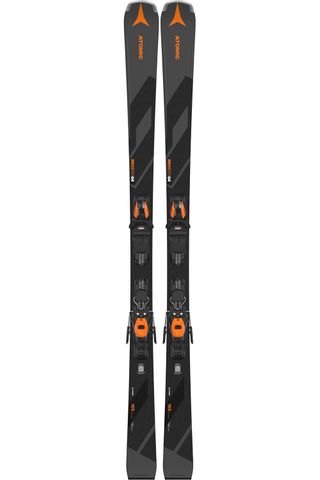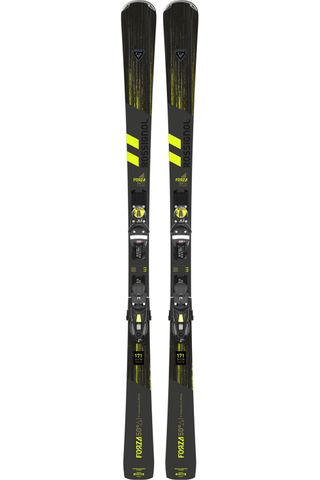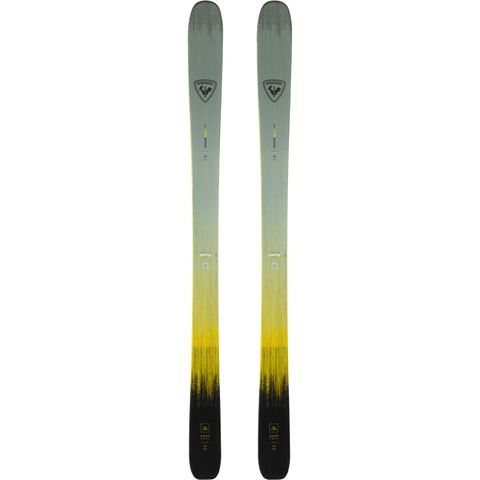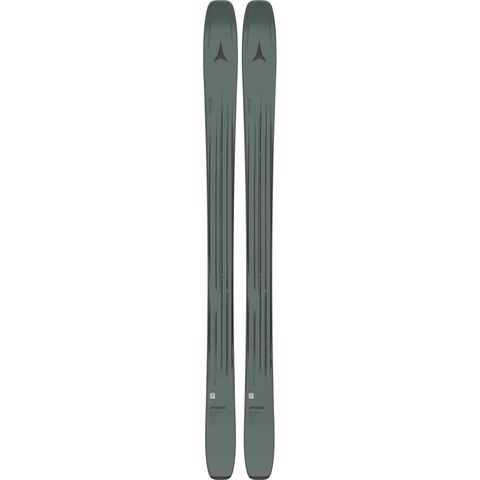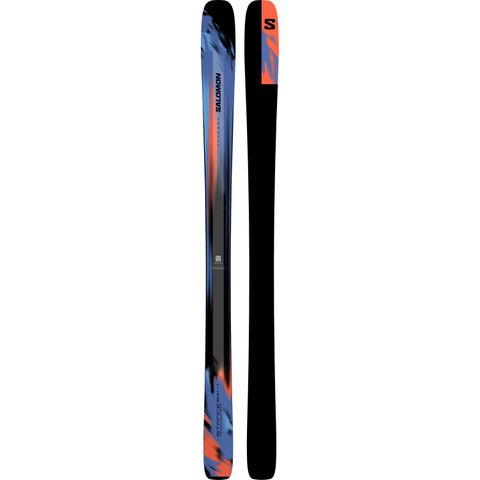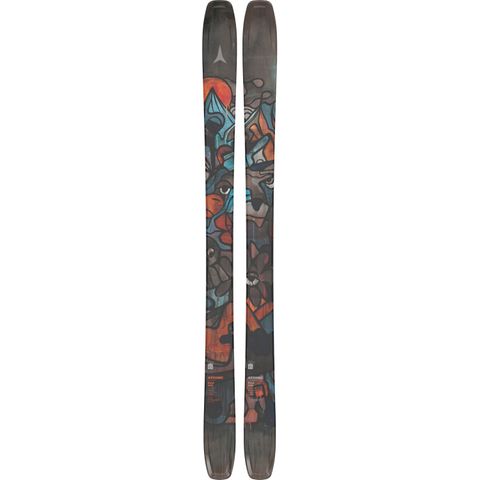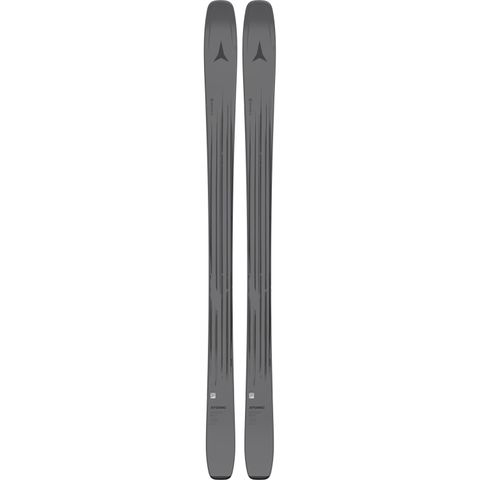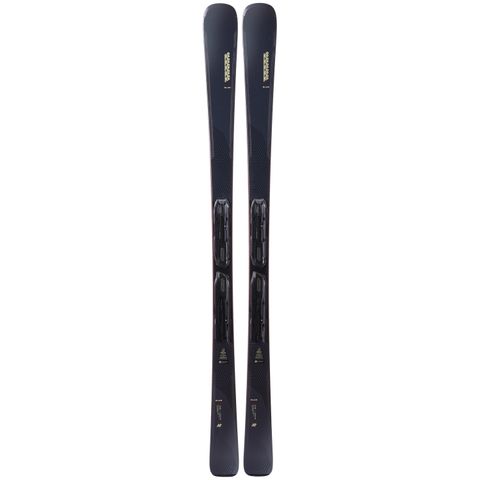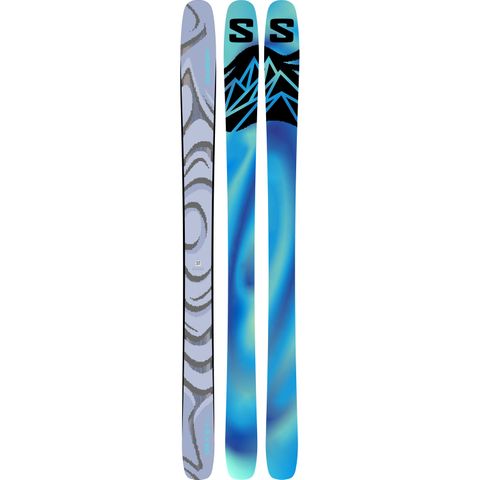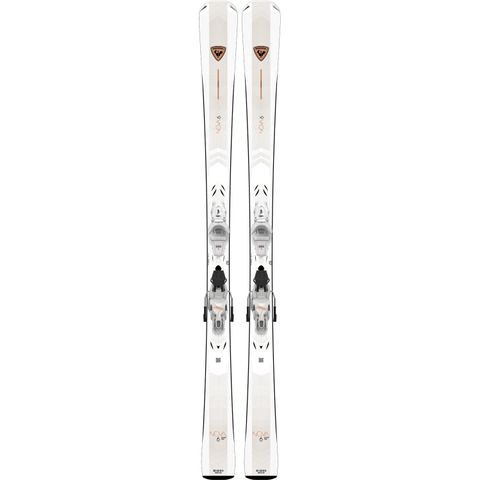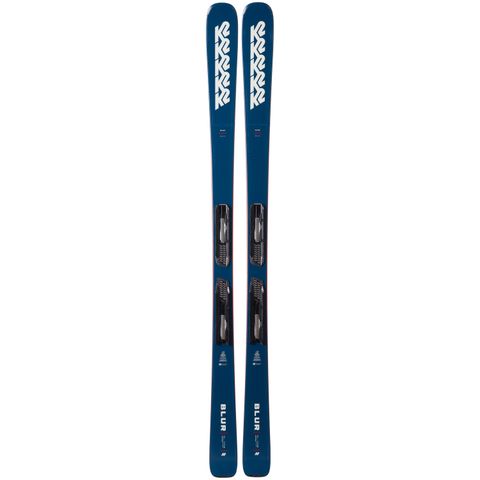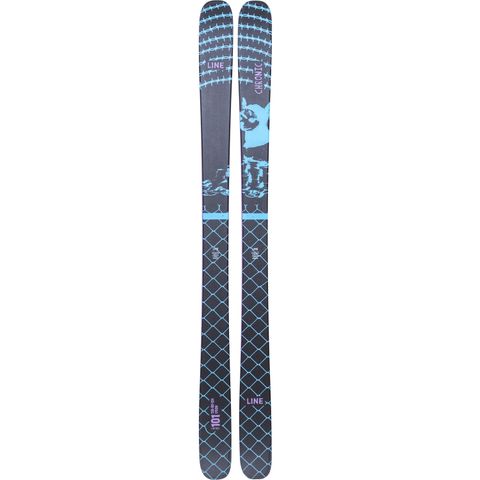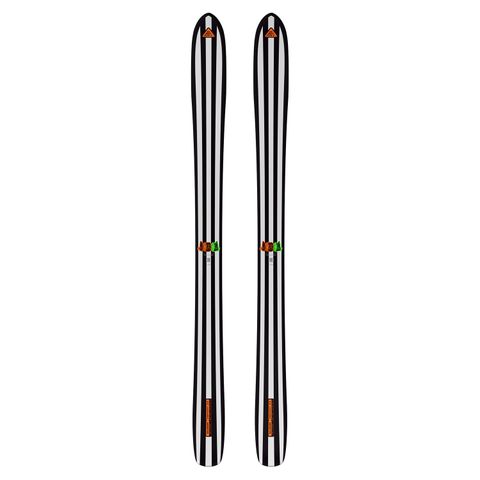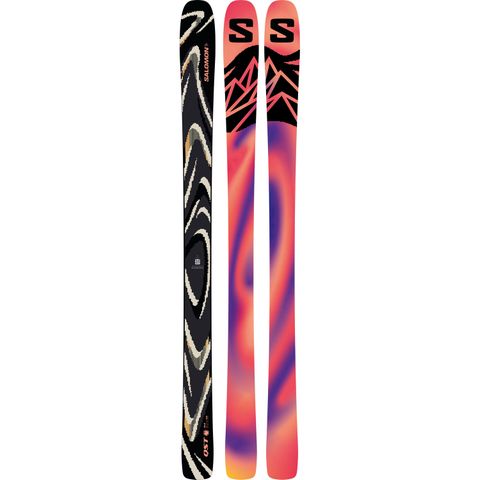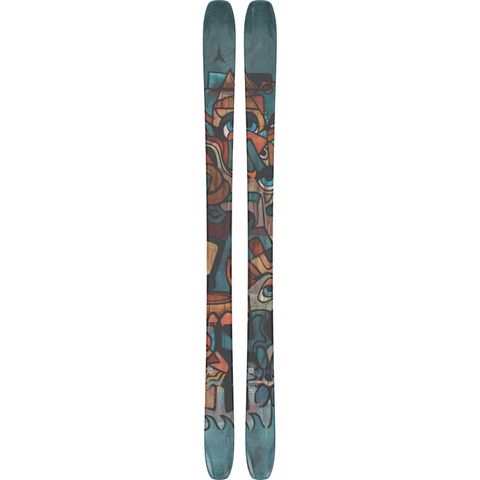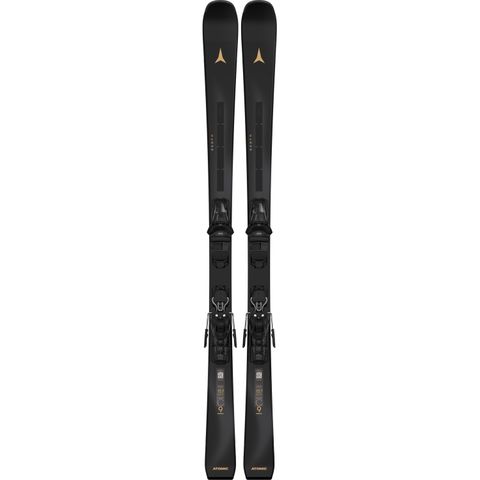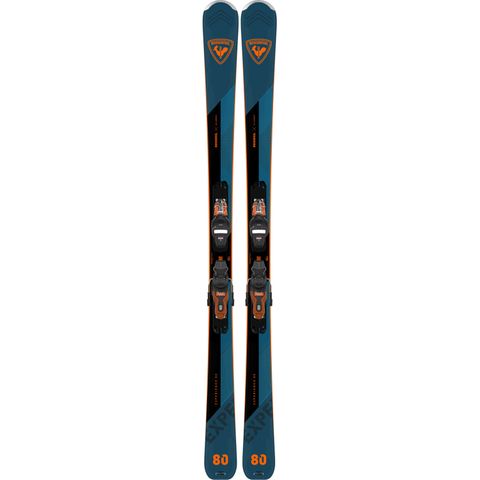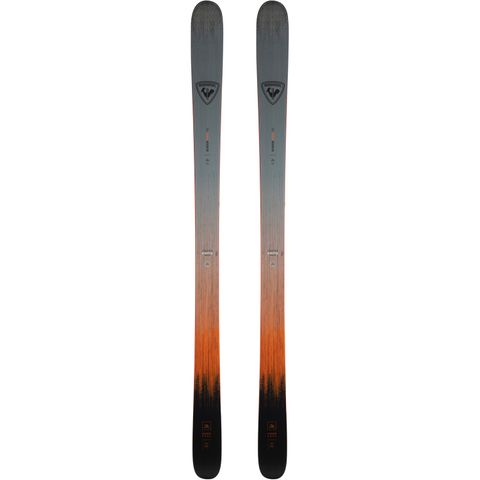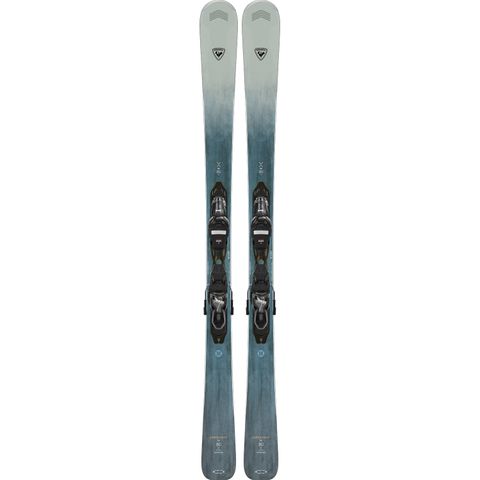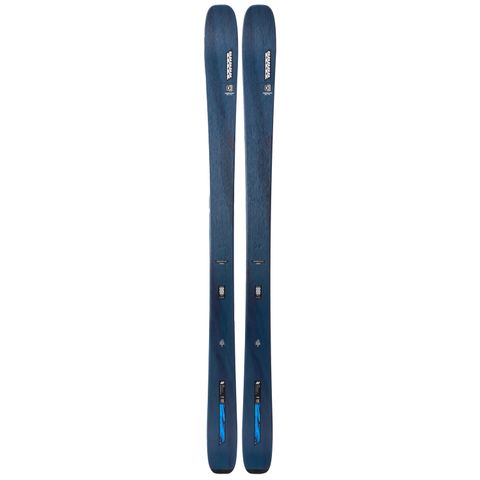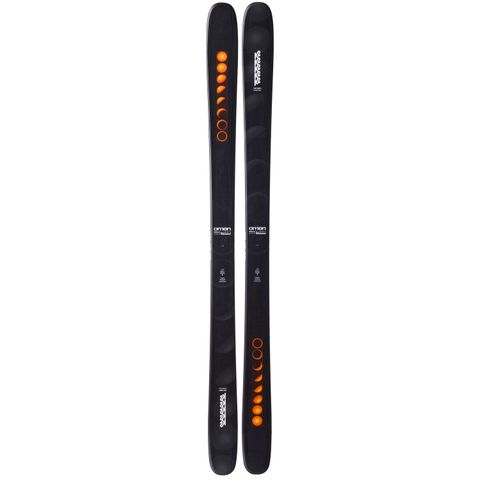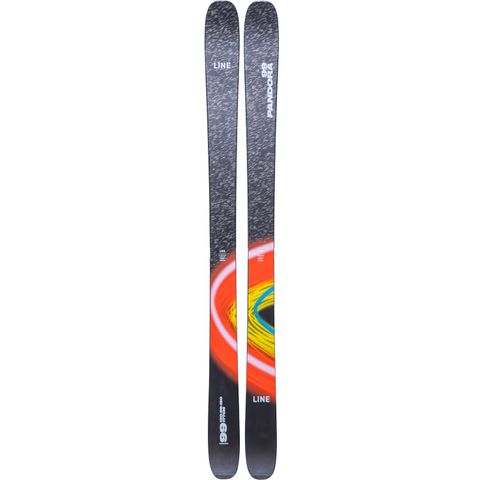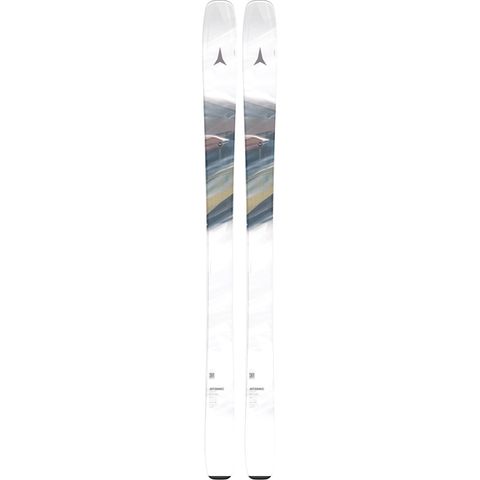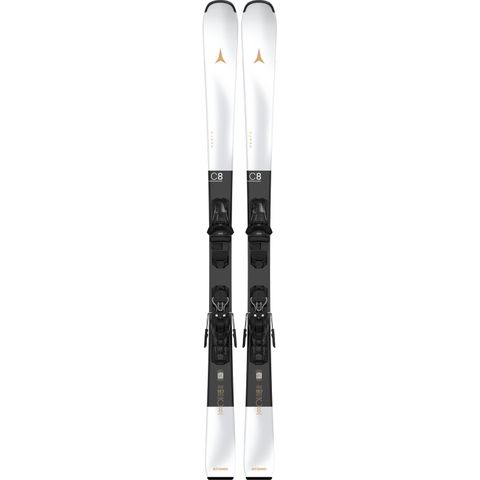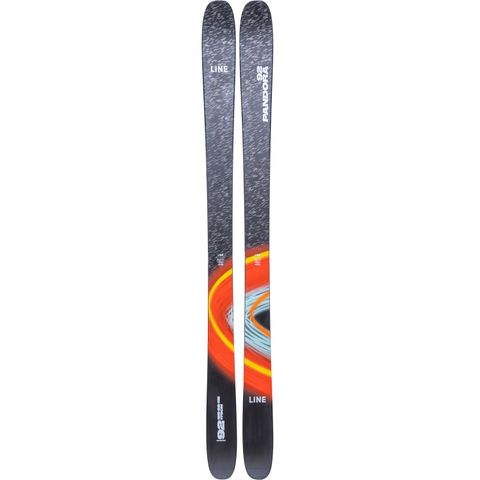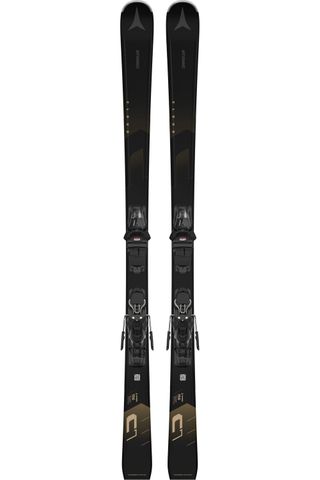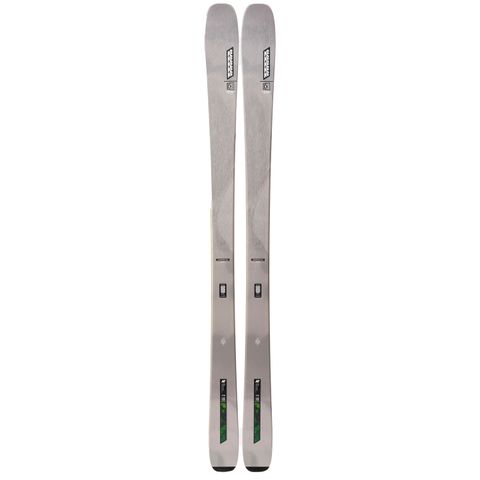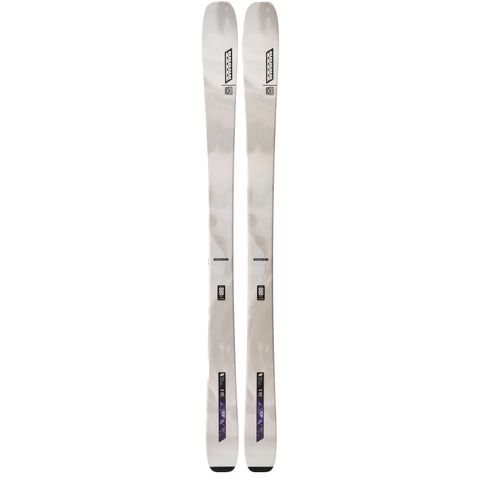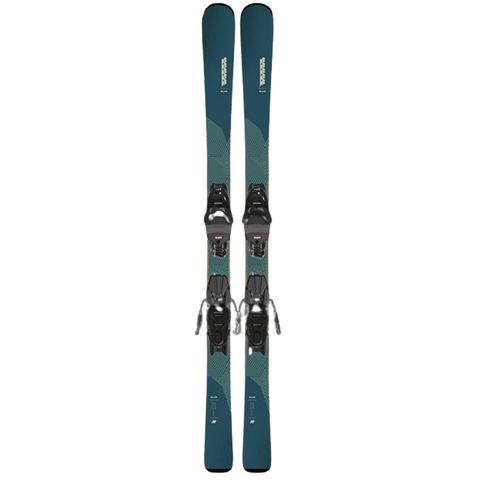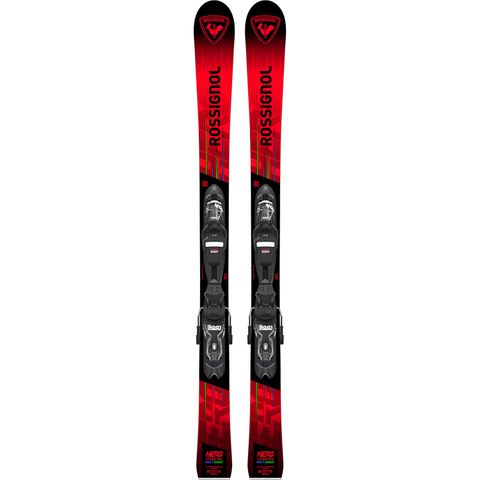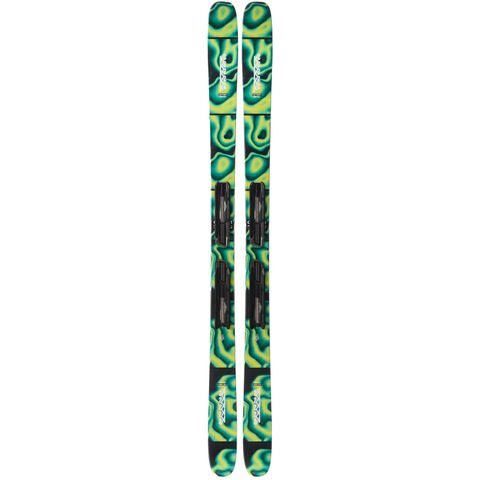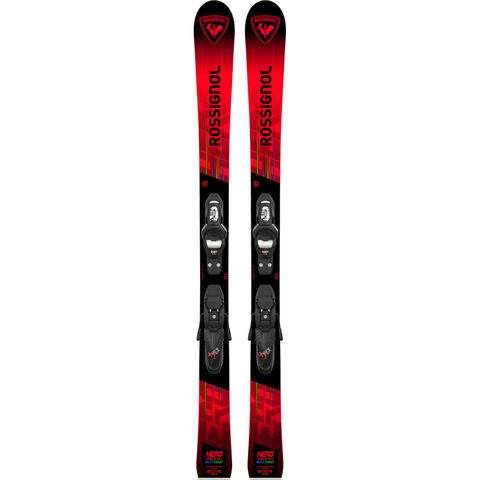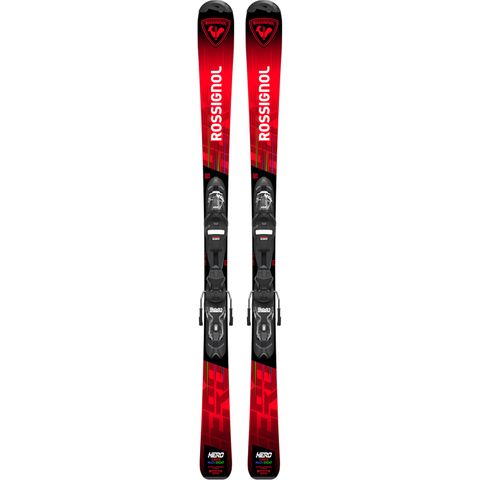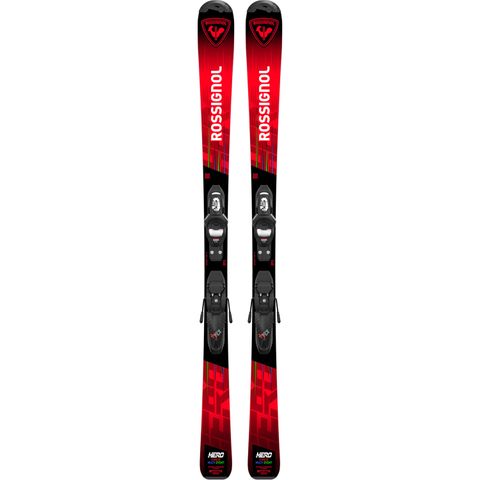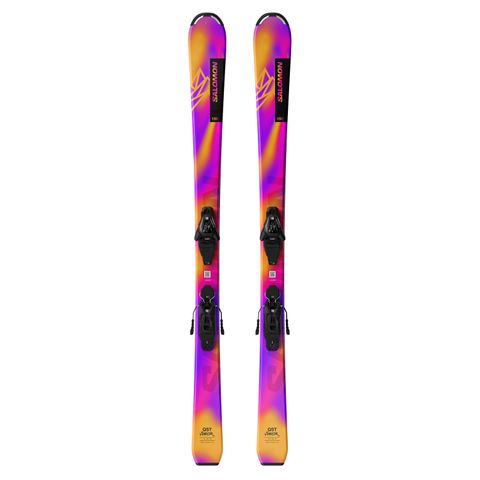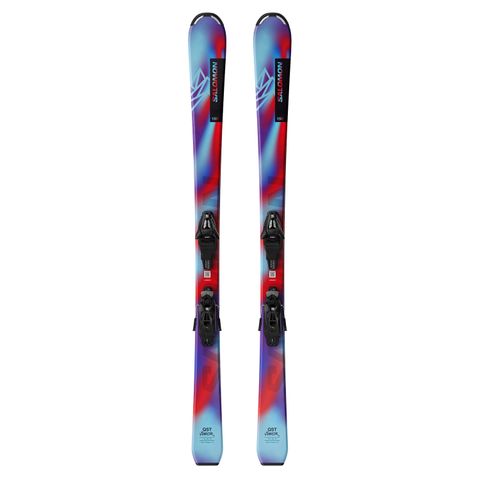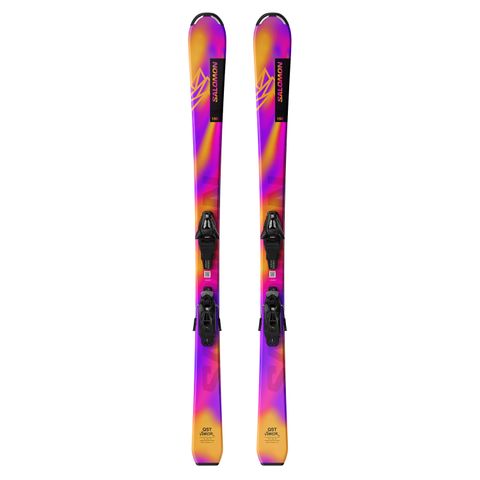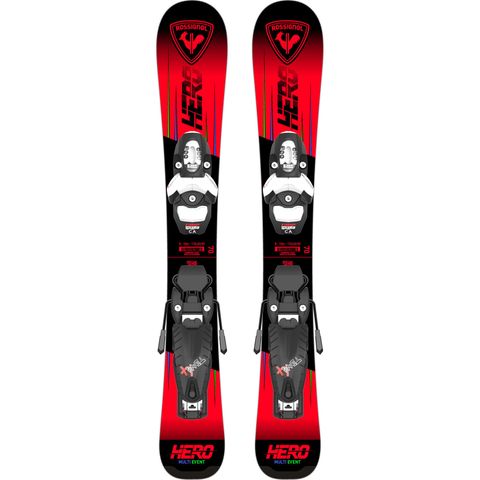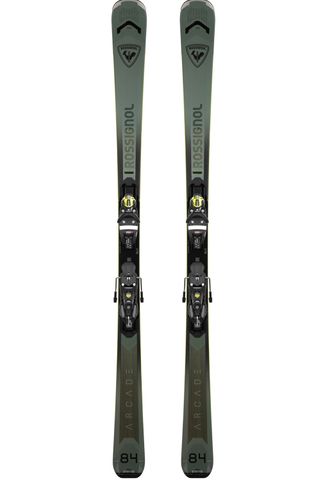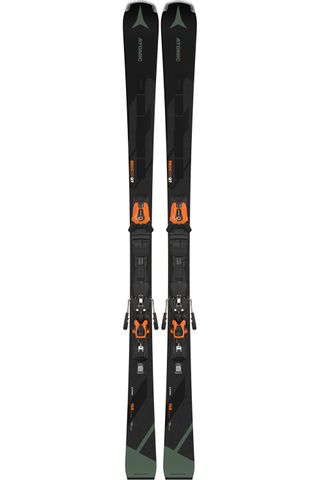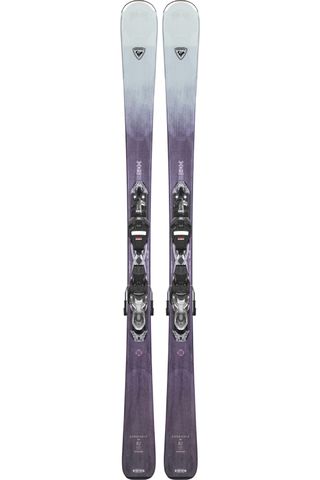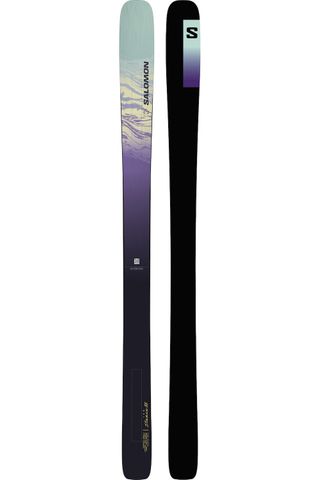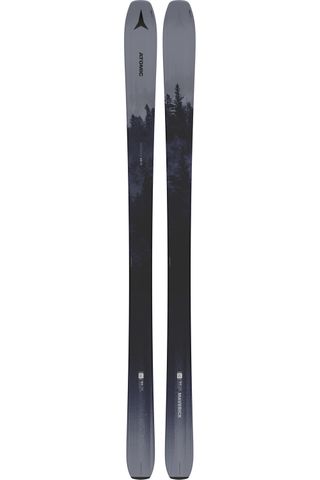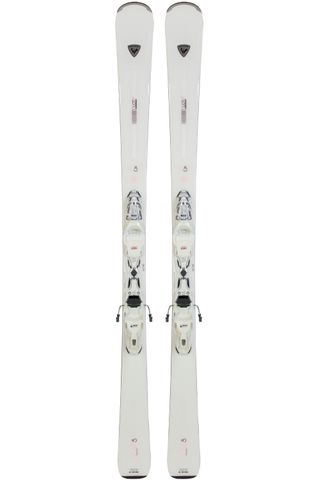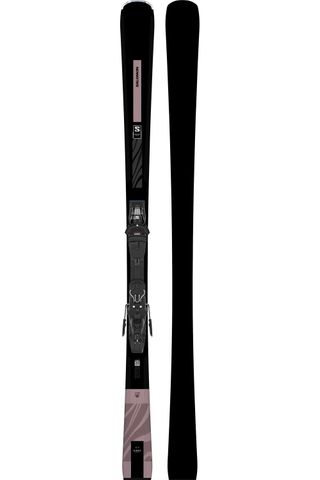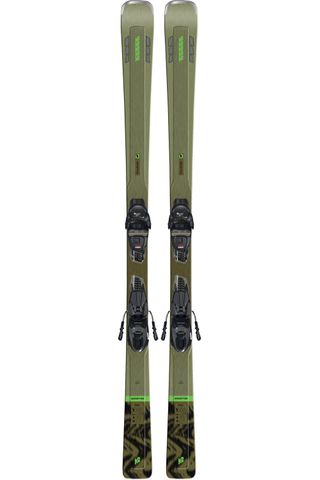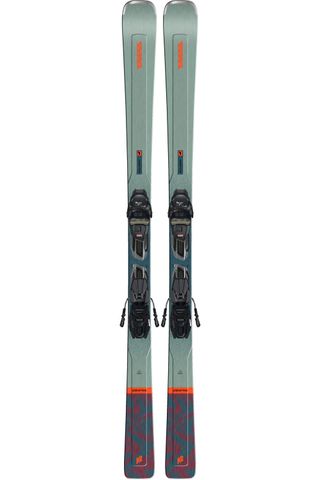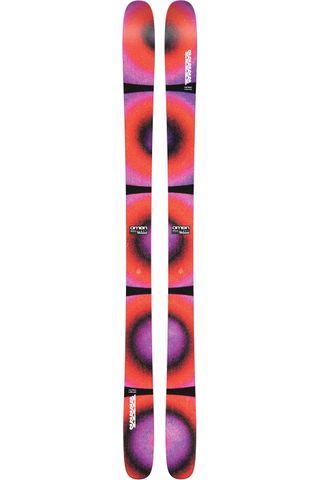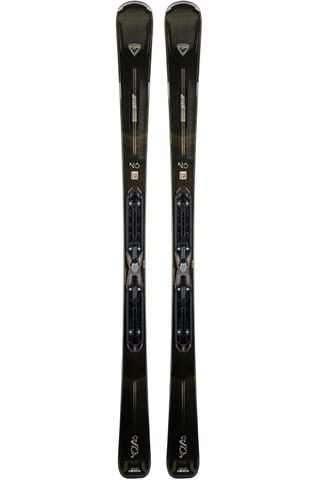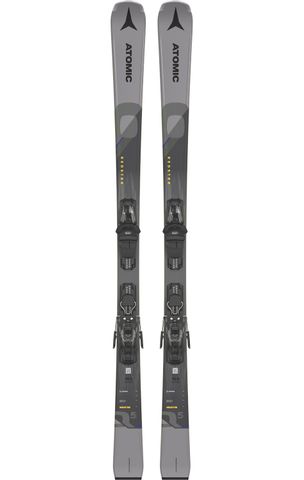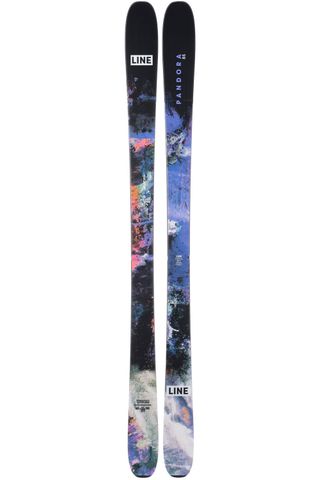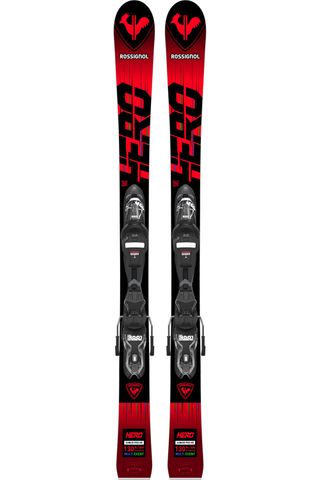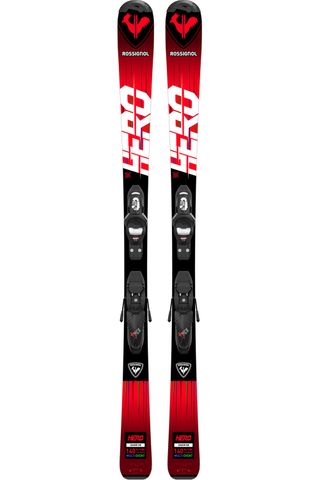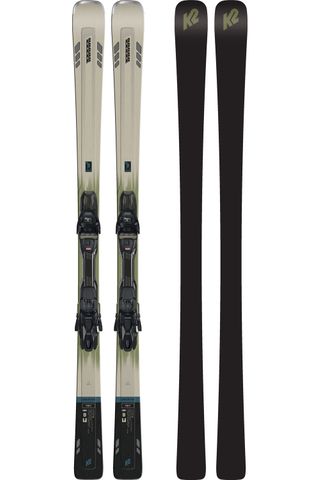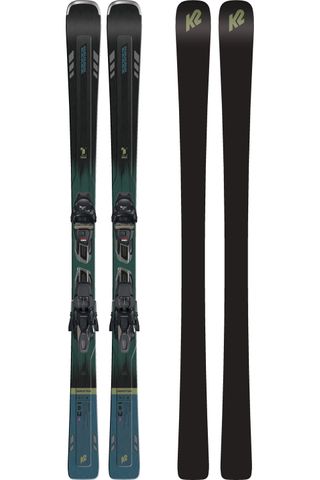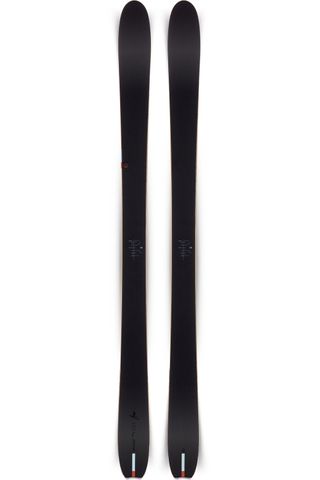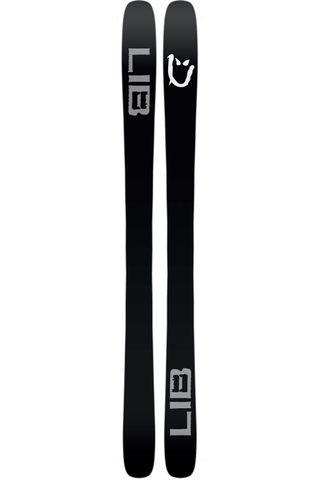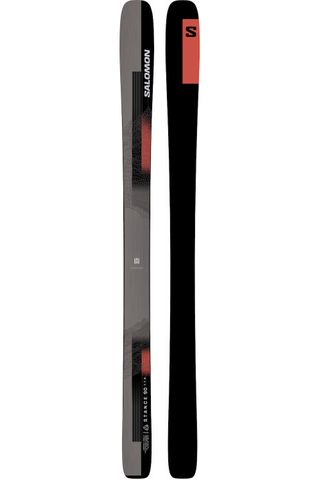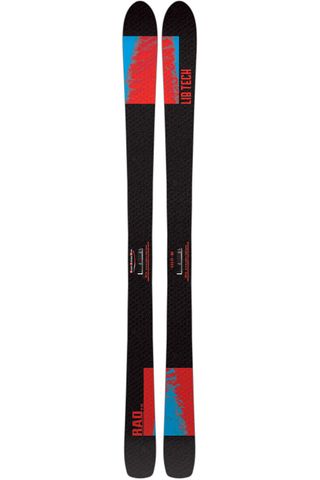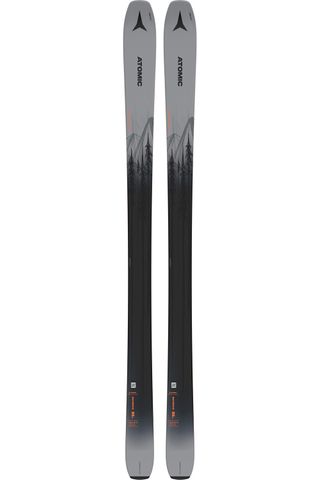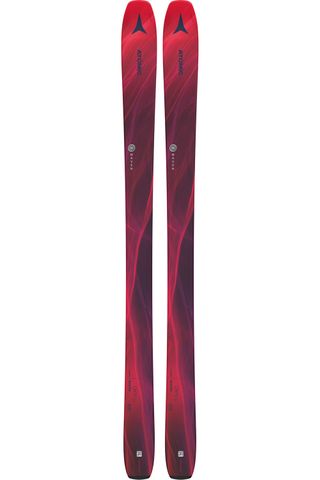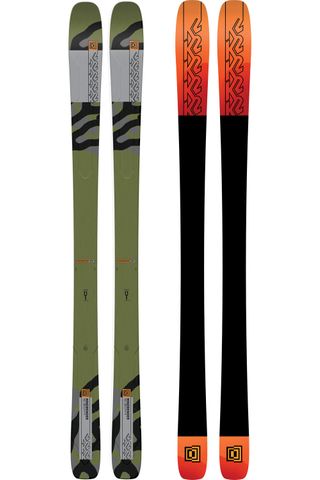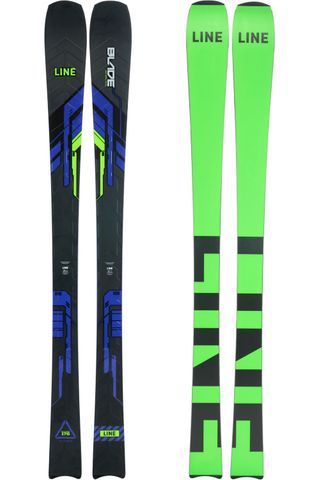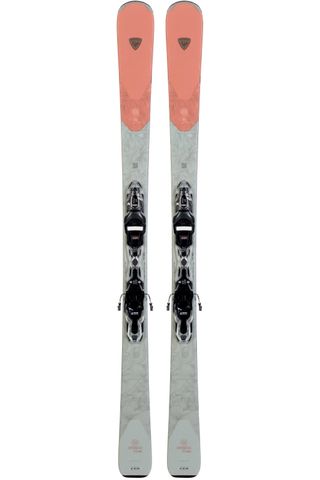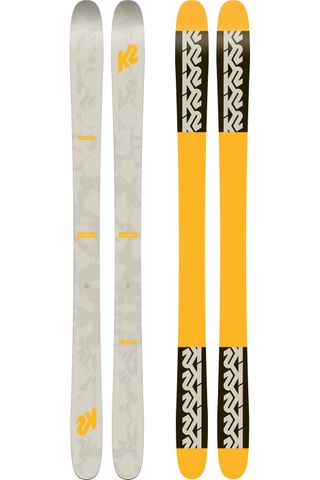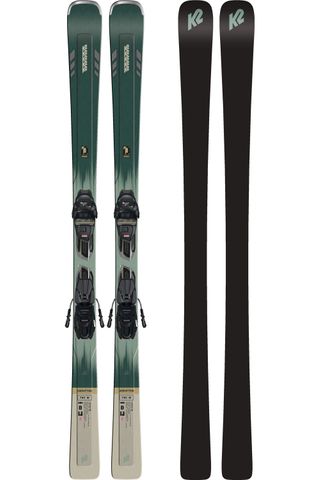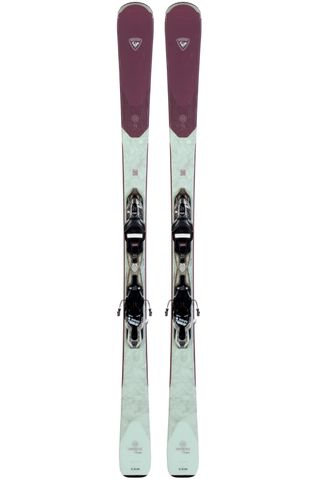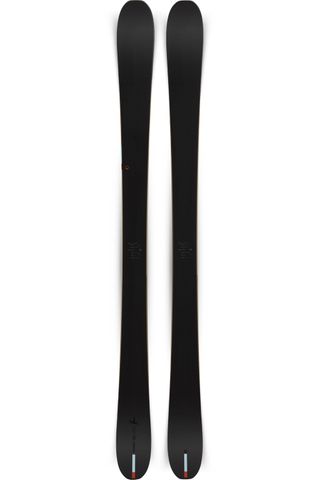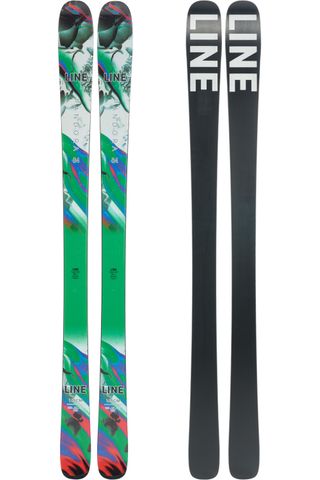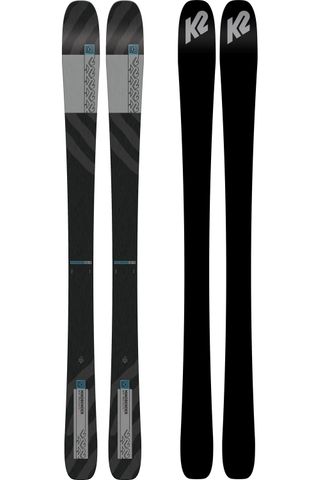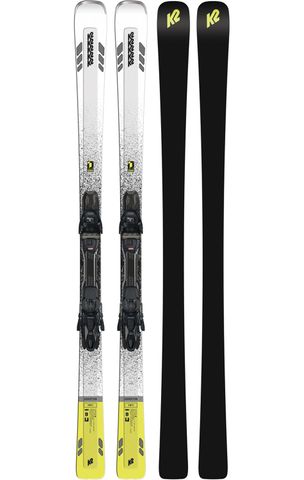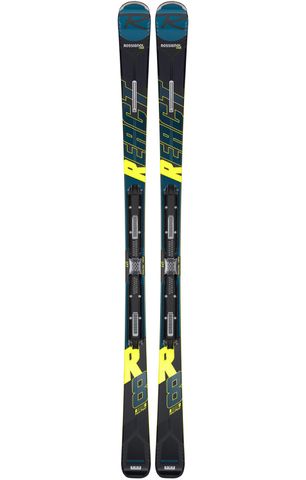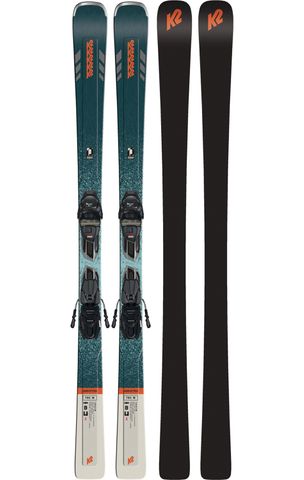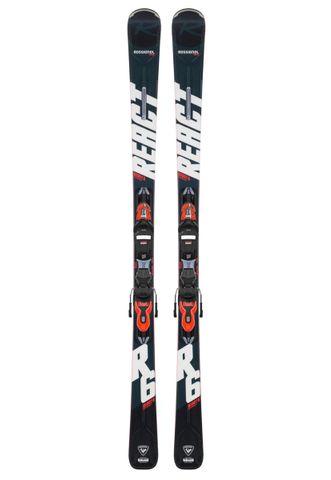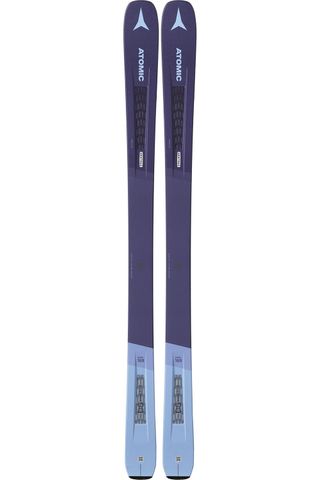Snow Skis

Alpine skiing first became popular in the late 19th century in the Alpine regions of Europe, particularly in Switzerland and Austria. Early skis were made of wood and were quite long, and skiers used a single pole for balance and control. Over the years, skiing has evolved into a popular recreational activity and competitive sport, with numerous variations and disciplines. Today, skis are made of a variety of materials including wood, metal, and composite materials. They come in a range of sizes, shapes, and designs to suit different types of skiing and individual preferences. Choosing a new pair of snow skis can be a bit overwhelming, but there are a few key factors to consider that will help you make the right decision.
- TYPE OF SKIING: First, think about the type of skiing you will be doing. Are you planning to ski mostly on groomed slopes, or are you looking for a ski that can handle powder and off-piste conditions?
- SKILL LEVEL: Another important factor to consider is your skill level. Are you a beginner, intermediate, or advanced skier? Different skis are designed for different levels of skill.
- SHAPE AND SIDECUT: The shape and sidecut of a ski will affect its turning ability and stability. The radius of a ski determines how tight the ski will turn when laid on its edge. A slalom style ski will have a short-turning radius of 11m while a giant slalom ski will have a long turn radius of 30m.
- FLEX: The flex of a ski will affect its stability and responsiveness. Skis with a stiffer flex will be more stable at high speeds, while skis with a softer flex will be more forgiving and easier to control.
- LENGTH: The length of the ski you choose is also important. Skis that are too long can be difficult to control, while skis that are too short may not provide enough stability.
CATEGORIES:
With these factors considered, it is beneficial to understand the categories of snow skis that are available to help narrow down your options. It is important to note that some skis can fall into multiple categories, such as a freestyle ski that can ridden across a variety of terrain outside of the terrain park.
- ALL-MOUNTAIN: These skis are designed for a wide range of conditions and terrain and are a good choice for skiers who want a versatile ski that can handle everything from groomed trails to powder and off-piste skiing.
- CARVE/ON-PISTE: Carve skis typically have a more pronounced sidecut which allows them to turn more easily, and a stiffer flex, which allows them to hold an edge better during turns. They are typically used on groomed slopes and suitable for more controlled, aggressive skiing.
- RACE: These skis are designed for high-speed, high-performance skiing and are typically longer, narrower, and stiffer than other types of skis. They are designed to cut through the snow and maintain stability at high speeds.
- FREESTYLE: These skis are designed for park and pipe skiing and are typically softer, and more flexible than other types of skis. They feature a twin-tip design, which allows for skiing and landing backwards.
- FREERIDE/BACKCOUNTRY: These skis are designed for off-piste and backcountry skiing and are wider and feature more rocker than all-mountain skis to provide better flotation in deep snow.
CONSTRUCTION:
Snow skis are available in different constructions. Some constructions are better than others depending on the skier's skill level, terrain, and style of skiing.
- CAP CONSTRUCTION: A combination of a hard plastic cap on top of the ski and a foam or timber core. It's the most affordable, easy to manufacture and it gives skis a good balance of durability, weight, and performance.
- SIDEWALL/SANDWICH CONSTRUCTION: Features a wood core sandwiched between the top sheet and base with a hard plastic layer along the edges of the ski known as a sidewall. It gives the ski greater edge hold, stability, and durability best for demanding skiers, however, is more expensive to manufacture.
MATERIALS:
Snow skis are typically made from a combination of different materials, including wood, metal, and synthetic materials. Each material offers its own unique set of properties, which can affect the performance and durability of the ski.
- WOOD: Wood is the traditional core material used in skis. It offers a good balance of strength and flexibility, and it is relatively lightweight. Wood cores can be made from different types of wood, such as ash, poplar, and Paulownia, each with their own unique properties.
- METAL: Metal is often used in the construction of skis to increase strength and stability. The most common metals used in skis are aluminium and titanium. They are strong and durable, but often add weight to the ski.
- SYNTHETICS: Synthetic materials like foam and plastic are also used in the construction of skis. They are lightweight and can be used to create a wide range of flex patterns. They can also be used to create the ski's top sheet, the material that covers the core and gives skis their unique graphics and colours.
- CARBON FIBRE: Carbon fibre is a very strong and lightweight material that can be used in the construction of skis, it's typically used in high-performance skis, it can be used in the core, in the edges or in the top sheet, it can also be used in combination with other materials to create a specific flex pattern.
SIZE GUIDE:
Ski manufacturers typically recommend a specific size range for skiers based on their height and weight. This can be a good starting point, but keep in mind that other factors such as ability level and preferred terrain also play a role in determining the appropriate ski size. A general rule of thumb is to stand a ski on its tail. A ski that reaches your chin or nose is suitable for a beginner while a ski that reaches your eyes or forehead height is suitable for an advanced skier. It's also worth noting that some skiers prefer to use skis that are slightly longer or shorter than recommended, depending on their own personal preference and the type of skiing they will be doing.
- ABILITY: The ability level is important when choosing the size of your skis. Advanced skiers may prefer a longer ski for more stability, while more novice skiers may prefer a shorter ski for more manoeuvrability.
- TERRAIN: The type of terrain you will be skiing on can also affect the appropriate ski size. For example, skis used for backcountry or powder skiing are typically longer than skis used for groomed slopes.









